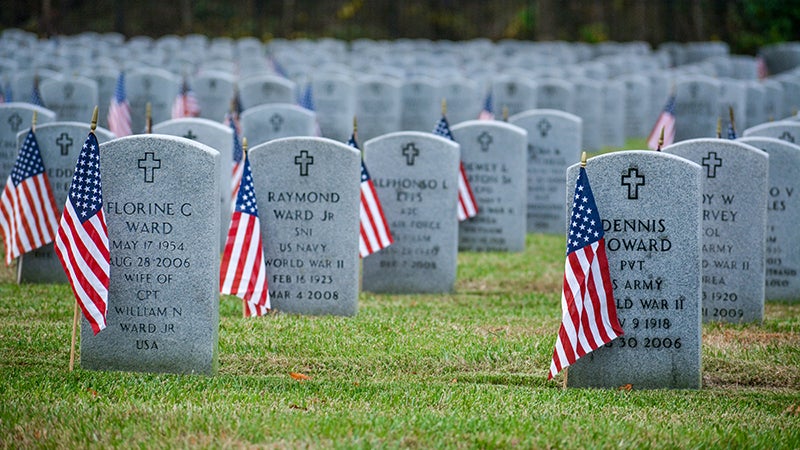No seatbelt, speed factor in fatalities
Published 10:07 pm Wednesday, August 13, 2014
Last Sunday morning, when his Nissan pickup reportedly left Turlington Road and rolled over, Gerald Parker became the seventh person killed on Suffolk’s roads this year.
The 37-year-old, whose family was too distraught to speak when reached by phone after the accident, was the vehicle’s sole occupant.
Those seven lives lost so far mean 2014 is tracking “maybe a little bit under” 2013, when 13 people were killed in a total of 12 fatal accidents, said Capt. James Buie, commander of Precinct 2 and special operations for Suffolk Police Department.
According to annual reports by the DMV, among the seven Hampton Roads cities, Suffolk has the highest rate of traffic accident fatalities per 1,000 licensed drivers almost every year.
In the past six full years, only in 2009 did Suffolk have the second-highest fatality rate, behind Norfolk.
In 2008 — the worst of the six years for Suffolk — 17 drivers died on the city’s roads.
Suffolk’s rate during those six years has been third-, fourth- or fifth-highest among all Virginia cities, while there are dozens of counties where the rate is higher than Suffolk’s.
Buie indicated the rural nature of much of the city, perhaps more comparable to a county, could be the reason for the high rate of fatalities.
“A lot of times on rural roads, you are going to have some higher speeds involved,” Buie said.
Suffolk combined with the former Nansemond County in 1974, becoming Virginia’s largest city with 430 square miles. Much of it is crisscrossed by winding rural roads.
To combat the carnage, Suffolk police target speeding with campaigns on “high-crash corridors,” he said, citing routes 58, 460, 17 and 10.
“Most of the time, it’s our main arteries where we are getting the majority of the crashes,” he added.
Buie pointed out that of the 13 fatalities in 2013, eight of the victims were not wearing a seatbelt. Of the seven fatalities so far this year, four were not wearing a seatbelt.
“Seatbelts save lives,” Buie said, adding that Suffolk police try to drive this message home with frequent “Click It or Ticket” campaigns and other initiatives.
But, Buie said, “It’s really incumbent upon the driver and the passengers of the vehicle to wear their seatbelt.”
Often, he added, someone not wearing a seatbelt will be ejected from a vehicle and die, while the vehicle around the seat they were sitting in remains largely intact.
“Once you get ejected from a vehicle, the chances of it becoming a fatal accident are much greater,” he said.




